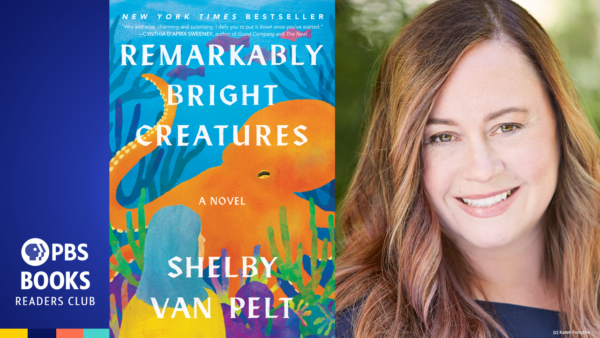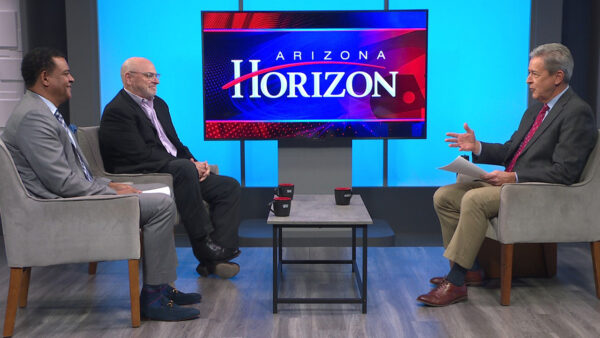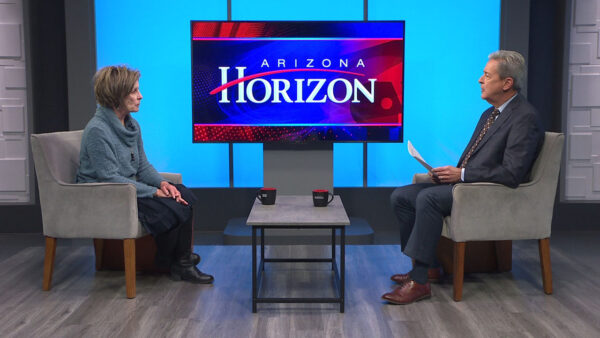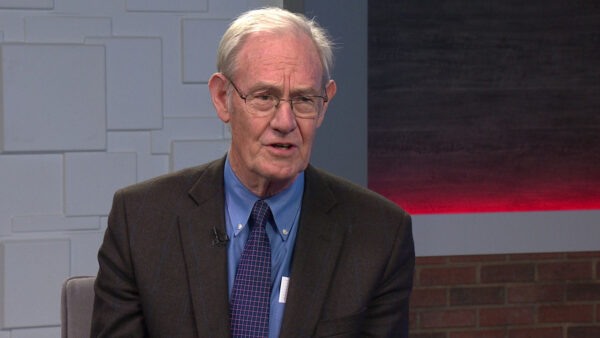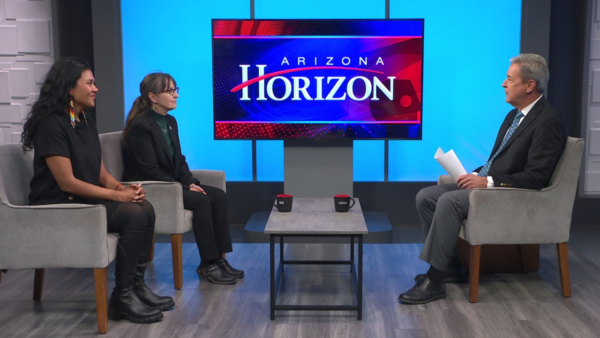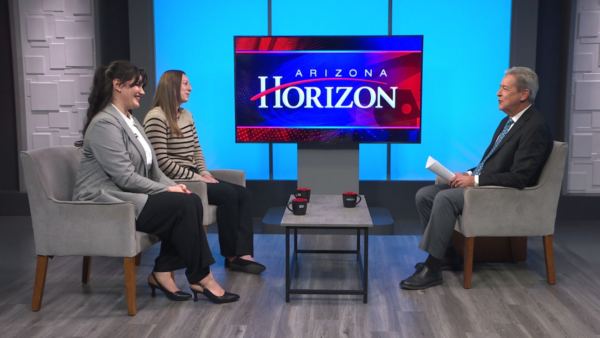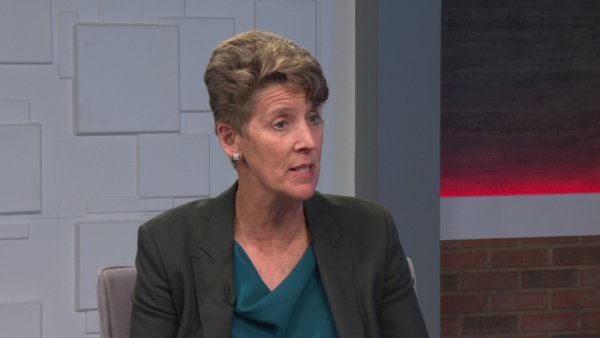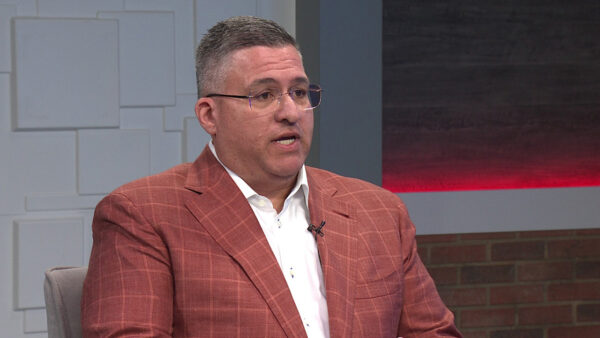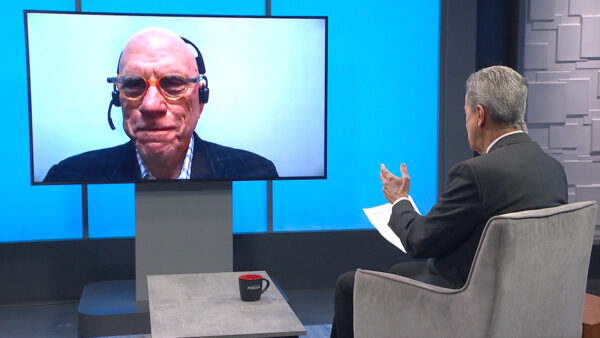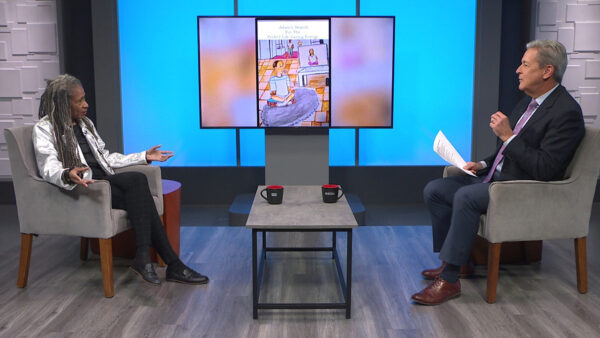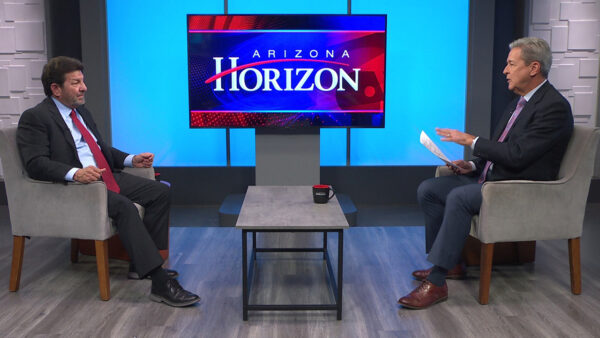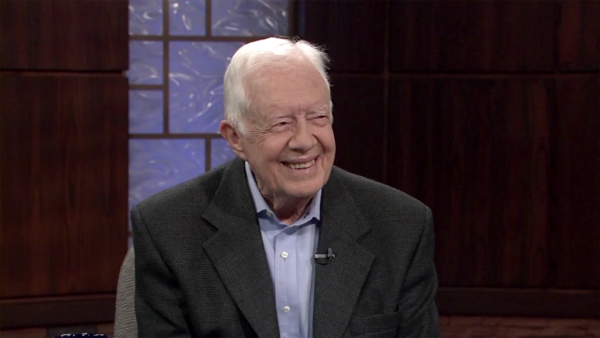Grand Canyon Conservancy appoints new Astronomer-in-Residence
April 12, 2022
Grand Canyon Conservancy has chosen a new astronomer in residence. Photographer Imma Barrera will live and work at the South Rim of the Grand Canyon, taking photos of the night sky. We spoke with Barrera about her upcoming residency.
The astronomer-in-residence program is comparable to the artist-in-residence program at many other national parks, non-profits, and museums, recruiting an individual to live at the park for inspiration while producing work in their own medium. The difference is the focus on the sky. The astronomer-in-residence program offers professional and amateur astronomers, educators, scientists, writers, and visual and performing artists the opportunity to practice and share their discipline under one of the most pristine night skies in the United States
As an astrophotographer, Barrera’s medium is photographs of the night sky.
“I specialize in nature and landscapes, but my favorite subject to photograph is the milky way and the stars, and that’s where my link is,” Barrera said.
Barrera’s work will focus on light pollution, an effect where lights from cities and other human activities prevent people from being able to see the night sky.
“If you look at the map of the US, half of the US all the way to the East Coast is light-polluted. 85% of Americans live in areas where they do not see the stars at night,” Barrera said. “Arizona of course is different.”
But it’s not just about seeing the night sky, light pollution can have other effects as well, including harmful effects on the natural environment.
“When you look at an environment, when you look at an ecosystem, it’s not just only the animals that walk around during the day, there’s also a whole group of plants and animals that need the darkness, and so do we,” Barrera said. “To get well-rested, we need to sleep in the dark, we need darkness.”
Because of this, Barrera stresses the importance of being careful when choosing to shine lights at night.
“It’s not asking us to move back to the middle-ages, it’s just asking us to be wise with using lights at night,” Barrera said.



